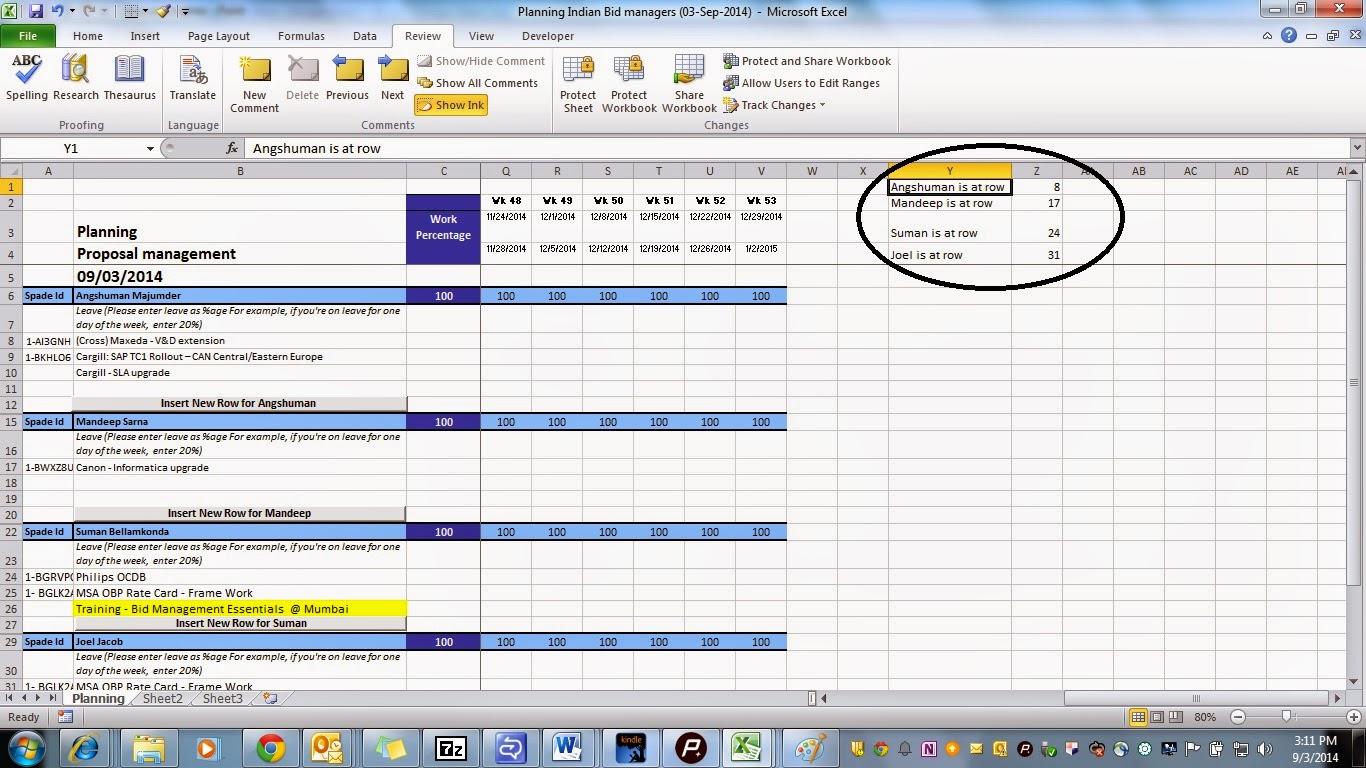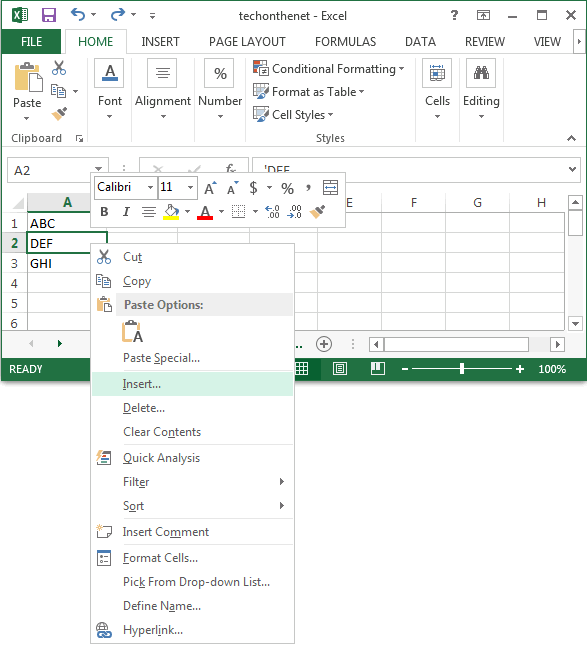
For Each Next: It’s perfect to use when you want to loops through a group of objects from a collection of objects. For Next: The best fit for using For Next is when you want to repeat a set of actions for a fixed number of times. #EXCEL VBA ON TABLE NEW ROW EVENT CODE#
You can write codes that can repeat and re-repeat an action and in VBA, and there are multiple ways that you can use to write code like this. It’s a little more structured than the IF statement.
SELECT CASE: In select case, you can specify a condition and then different cases for outcomes to test to run different lines of code to run. You can also write nesting conditions with it IF THEN ELSE: It’s an IF statement that you can use to test a condition and then run a line of code if that condition is TRUE. It allows you to do it in two different ways. Just like any other programming language, you can also write codes to test conditions in VBA. You need to refer to the cell address, let me tell you the syntax. The range object is the most common and popular way to refer to a range in your VBA codes. OnKey Events: OnKey events are those which can trigger code when a particular key is pressed. OnTime Events: OnTime events are those which can trigger code on a particular point of time. 
Userform Events: These events are associated with the action happen with a user form.Chart Events: These events are associated with the chart sheets (which are different from worksheets).Worksheet Events: These events are associated with the action happens in a worksheet.
 Workbook Events: These are events that are associated with the actions that happen in a workbook. Application Events: These are events that are associated with Excel application itself. Below is the classification of events based on the objects: Whenever you do something in Excel, that’s an event: enter a value in a cell, insert a new worksheet, or insert a chart. The workbook you use in Excel has different objects, and with all those objects, there are several properties that you can access and methods that you can use. Visual Basic for Applications is an Object-Oriented language, and to make the best out of it you need to understand Excel Objects. If you omit the data type, VBA applies the Variant data type to your variable (it’s the most flexible), VBA won’t guess what the data type should be. When you specify the data type for a variable or a constant, it ensures the validity of your data. In the above code, again boxes are the collection, and Unlock is the property that is set to TRUE. Here’s another way: Box(“Red”).Unlock = True If you have multiple boxes we are defining a specific box here. In the above code, boxes are the collection, and open is the method.
Workbook Events: These are events that are associated with the actions that happen in a workbook. Application Events: These are events that are associated with Excel application itself. Below is the classification of events based on the objects: Whenever you do something in Excel, that’s an event: enter a value in a cell, insert a new worksheet, or insert a chart. The workbook you use in Excel has different objects, and with all those objects, there are several properties that you can access and methods that you can use. Visual Basic for Applications is an Object-Oriented language, and to make the best out of it you need to understand Excel Objects. If you omit the data type, VBA applies the Variant data type to your variable (it’s the most flexible), VBA won’t guess what the data type should be. When you specify the data type for a variable or a constant, it ensures the validity of your data. In the above code, again boxes are the collection, and Unlock is the property that is set to TRUE. Here’s another way: Box(“Red”).Unlock = True If you have multiple boxes we are defining a specific box here. In the above code, boxes are the collection, and open is the method. 
And for this the code will be: Boxes(“Red”).Open Let’s go a bit specific, let say if you want to open the box which is RED in color. It’s plain English, Right? But when it comes to VBA and writing a macro this will be: Box.OpenĪs you can see, the above code is started with the box which is our object here, and then we have used the method “Open” for it. The words you will use would be “Open the Box”. There are objects, collections, methods, and properties which you can use in VBA to write your code.ĭon’t miss this: Let’s say you want to tell someone to open a box. In simple words, first, we define the object and then the activity which we want to perform. VBA is an Object-Oriented Language and as an object-oriented language, in VBA, we structure our codes in a way where we are using objects and then defining their properties.







 0 kommentar(er)
0 kommentar(er)
